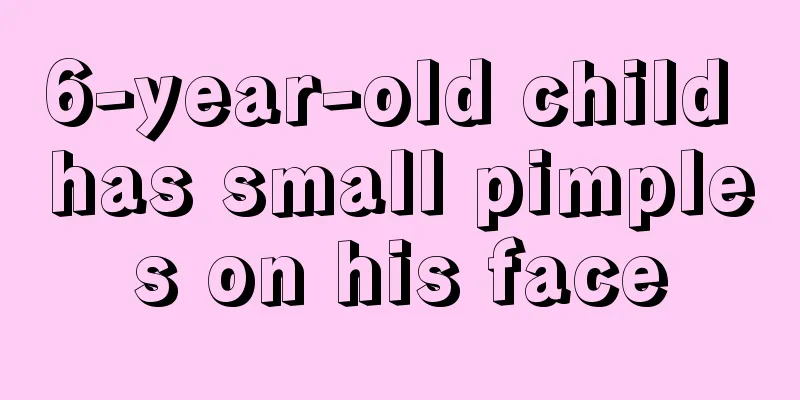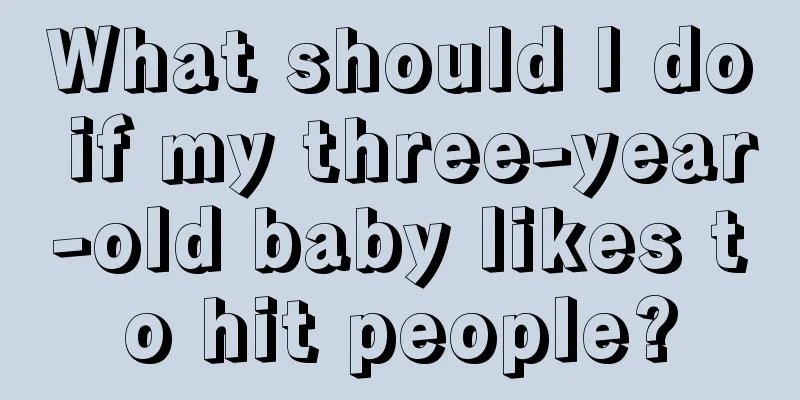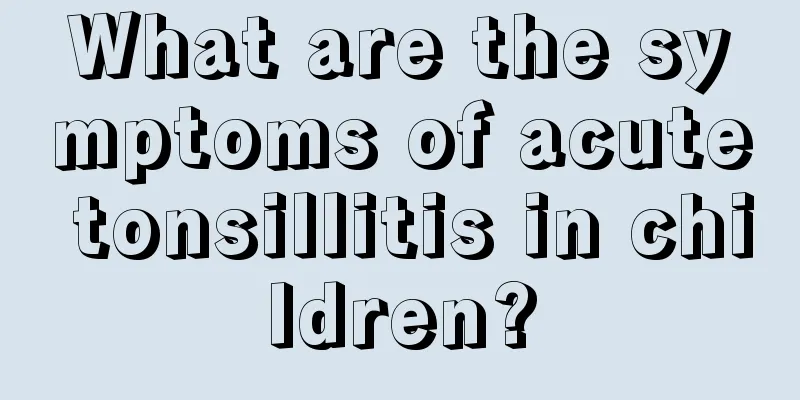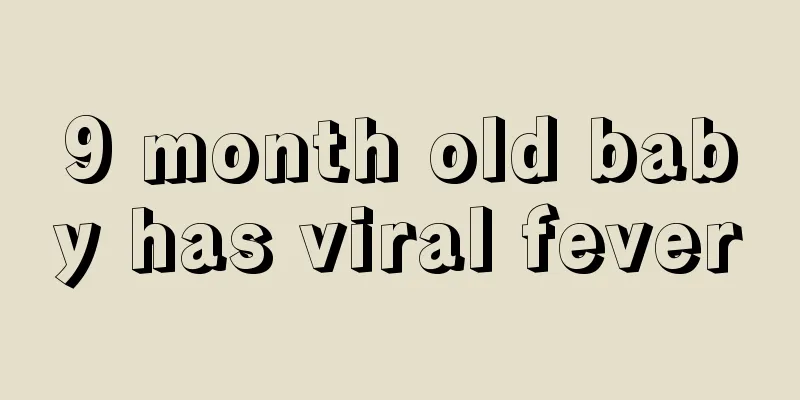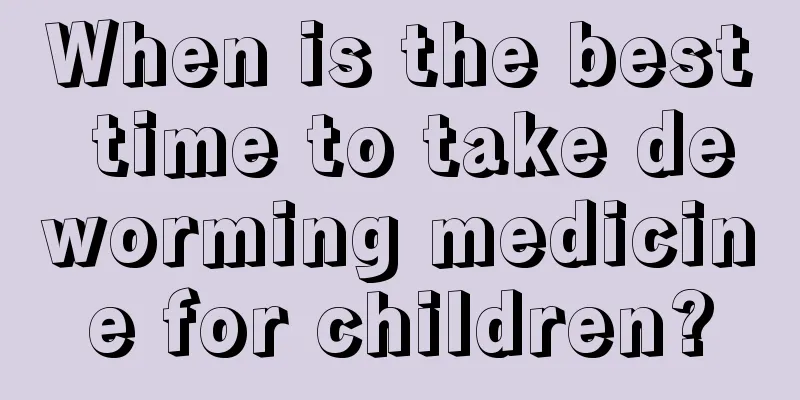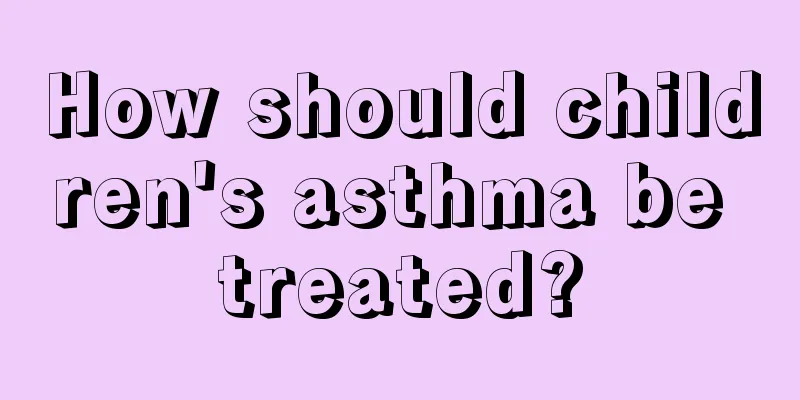Causes of dizziness in children
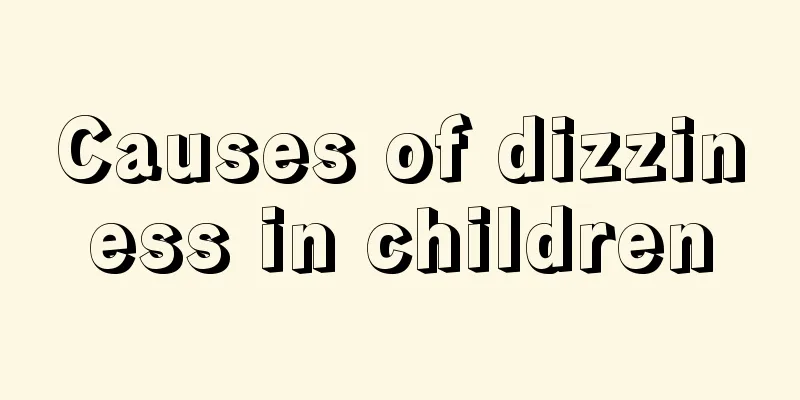
|
Generally speaking, children are lively and active. If a child is often in a bad mood or in a bad mental state, it needs to attract the attention of parents. Some parents report that their children suffer from dizziness, frequent headaches, and are unwilling to move and lack energy. This is most likely caused by certain diseases of the child's head. So, what are the causes of dizziness in children? Migraine-related vertigo 1. Clinical manifestations The site of migraine in children is usually limited to the forehead or periorbital area, the pain usually lasts less than 2 hours, and the nature of the pain is generally not the throbbing pain common in adults. Vertigo can manifest in two forms in migraine: one in which headache and vertigo exist at the same time, and the other in which vertigo is the only manifestation of migraine. When children with migraine experience vertigo or dizziness, their headache symptoms often ease, and some even experience only vertigo or dizziness without headache symptoms [1]. 2. Mechanism: 20% of children with migraine experience symptoms of dizziness or vertigo. The possible mechanism is the asymmetric stimulation of the bilateral brainstem vestibular nuclei or the lack of Ca2+ channels shared by the brain tissue and the inner ear. 3. Diagnostic criteria[2]: (1) Confirmed migraine-related vertigo: ①Recurrent vestibular symptoms of moderate or above severity; ②Meet the diagnostic criteria for migraine of the International Headache Society (IHS); ③ At least one of the following migraine symptoms exists during at least 2 episodes of vertigo: migraine-like headache, photophobia, phonophobia, visual or other auras; ④Exclude other causes. (2) Possible migraine-related vertigo: ①Recurrent vestibular symptoms of moderate or above severity; ②At least one of the following situations: Meet the International Headache Society (IHS) diagnostic criteria for migraine; Migraine symptoms during at least 2 vertigo attacks; More than 50% of vertigo attacks are preceded by migraine triggers: food triggers, irregular sleep, hormone changes; · More than 50% of vertigo attacks respond to migraine medications. ③Exclude other reasons. Vestibular function testing can provide valuable information for differential diagnosis in children with migraine, especially those with concurrent dizziness or vertigo. Caloric testing can reveal vestibular dysfunction, including spontaneous nystagmus, head-shaking nystagmus, vibration-induced nystagmus, and absence of vestibular-evoked myogenic potentials. Benign paroxysmal vertigo in children 1. Clinical manifestations Sudden onset of rotational vertigo, lasting from seconds to minutes, with the person being unable to stand unaided during an attack. Other symptoms may also occur, such as nystagmus, pale face, dizziness, tinnitus, sweating, nausea and vomiting, etc., which can be completely restored to normal after the attack. Older children may describe the feeling of spinning. The first attack of benign paroxysmal vertigo is common in children under 4 years old and is less common after 8 years of age. 2. Mechanism: It is currently believed that its occurrence mechanism is related to blood vessels. Paroxysmal vasospasm can lead to inner ear ischemia, resulting in organ dysfunction and vertigo; its central mechanism is related to the interruption of blood flow to the vestibular nerve nucleus. 3. Diagnosis[3]: At least three brief episodes with a sensation of spinning, with some children feeling that they are spinning, while others feel that their surroundings are spinning, which seriously affects normal activities but is not accompanied by loss of consciousness or any neurological hearing impairment. Vestibular function tests can show a variety of manifestations, so the current diagnosis mainly relies on clinical manifestations and characteristics. Vestibular neuronitis 1. Clinical manifestations: It is not common in children and manifests as sudden onset of true vertigo accompanied by vomiting, which lasts for several days to weeks. Vertigo and spontaneous nystagmus are its main clinical manifestations. 2. Mechanism: Vestibular neuronitis may be caused by viral infection, or by bacteria or other pathogens, causing neuroinflammation and damage to nerve cells. 3. Diagnosis[4]: The head pulse test with a detection coil and the hot and cold temperature test can show partial or complete loss of unilateral peripheral vestibular function and can be used for the early diagnosis of vestibular neuronitis. Chronic vestibular neuronitis can only be diagnosed using a probe coil head pulse test. Otitis media-related dizziness 1. Clinical manifestations: often manifested as dizziness or imbalance rather than vertigo. 2. Mechanism: The possible mechanism causing dizziness is that inflammation in the middle ear spreads to the inner ear, causing labyrinthitis, or that changes in pressure in the middle ear lead to changes in the labyrinthine pressure in the inner ear. 3. Diagnosis[5]: The presence of otitis media, a significantly prolonged latency of vestibular evoked myogenic potentials, impaired vestibular function on the affected side, and the exclusion of other causes of dizziness or vertigo. trauma 1. Clinical manifestations: Dizziness or vertigo is one of the common symptoms after craniocerebral trauma. Children may experience severe vertigo attacks accompanied by nystagmus, nausea, vomiting, etc. If accompanied by hearing loss, it indicates the possibility of perilymphatic leak, which requires surgical repair. 2. Mechanism: It may be due to craniocerebral trauma that affects the labyrinth or vestibular nerves, causing dizziness or vertigo. 3. Diagnosis: Children with a history of trauma usually need to complete a hearing test. If hearing loss is present, further quantitative vestibular function testing is required, especially since sensorineural hearing loss is the first symptom of temporal bone fracture or perilymph fistula. |
<<: Reasons why children do not grow taller
>>: Children's family education is very important
Recommend
What do kids eat for college entrance exams?
In our country, it is better to say that a family...
10 month old baby oral herpes
If a ten-month-old baby develops oral herpes, par...
How often should children take ascarid medicine?
Children's stomachs are most likely to be inf...
Can children eat breakfast during physical examination?
Physical examination is a very important activity...
How to treat sudden vomiting in baby
The birth of every new life makes our parents ver...
What to do if your child has a sore on his head
Nowadays, many families choose to have only one c...
When does the ductus arteriosus close in children?
Every move of the children concerns the parents, ...
What should I do if my child dislocates his wrist?
Everyone knows that most children like to play an...
What is the cause of white urine in children?
Generally speaking, human urine is colorless or l...
What should I do if the middle of my child's lips is black?
Many mothers are particularly concerned about the...
Why does a 2-year-old baby not eat?
The issue of children’s eating is a big problem f...
Tips for preventing high school students from getting into trouble
The third year of high school is a very important...
TCM health care methods for children
Children's bodies must be taken care of from ...
What are the symptoms of intestinal obstruction in infants and young children?
Intestinal obstruction is caused by obstruction o...
What to do if a boy develops early
The biggest difference between boys and girls is ...
